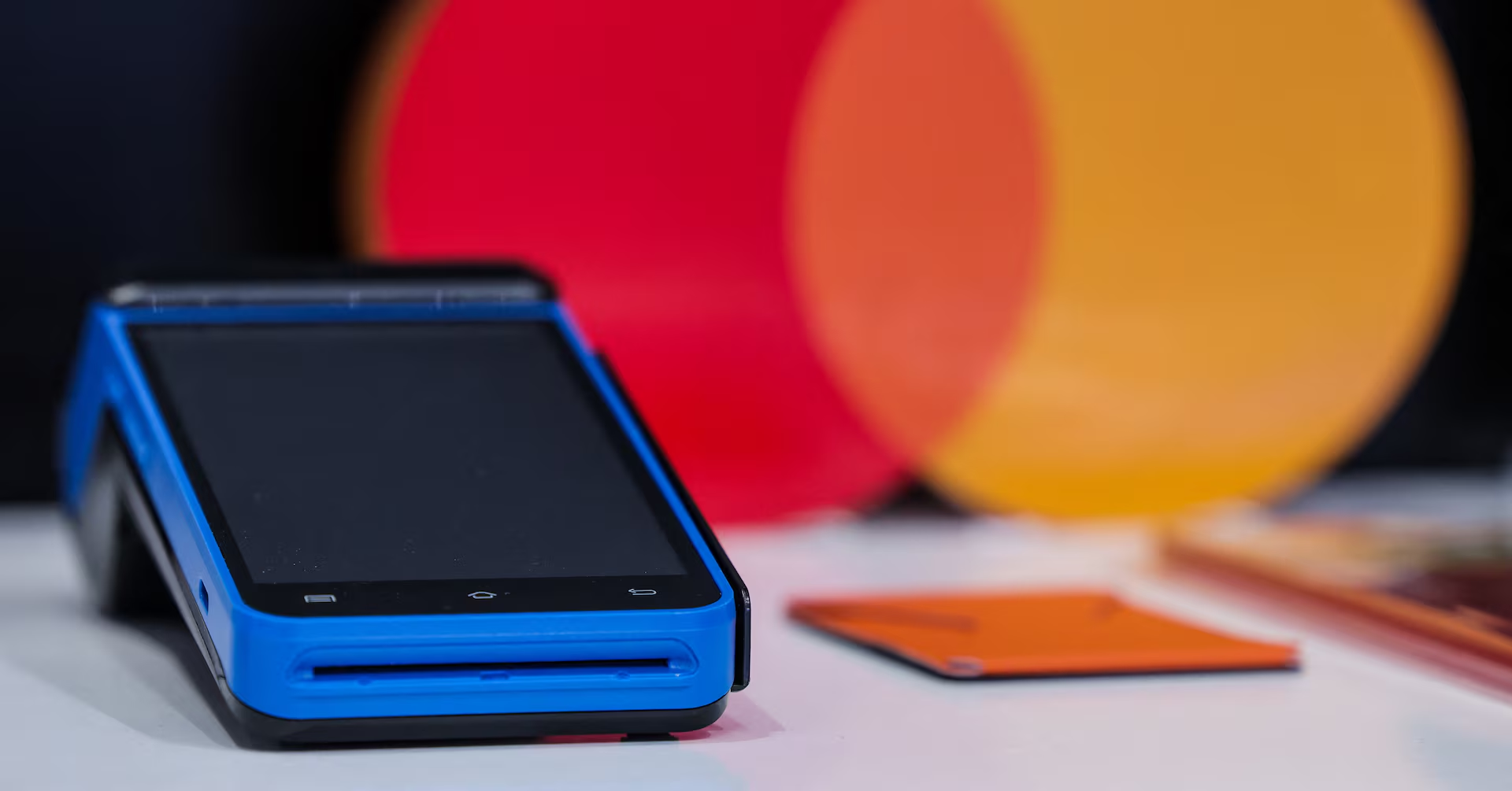Follow ZDNET: Add us as a preferred source on Google.
Some bits of tech end up being so much better than you ever thought. And when that piece of tech is a printer, well, color me surprised, because they have a…

Follow ZDNET: Add us as a preferred source on Google.
Some bits of tech end up being so much better than you ever thought. And when that piece of tech is a printer, well, color me surprised, because they have a…

Noor NanjiCulture reporter
 Christmas Karma
Christmas KarmaWhat does Bollywood have to do with Christmas?
I put this question to film director Gurinder Chadha and the answer, it turns out,…

Reuters could not immediately verify the report.
Reporting by Abu Sultan in Bengaluru; Editing by Leslie Adler

Key considerations
• Available for £45,000
• 2.0-litre turbo four, rear-wheel drive
• Plenty quick enough in either manual or auto guise
• Big strides forward in dynamics, build quality and customisability
• £45k for a unique,…

A store in a shopping mall in Beijing on Aug. 7, 2024.
Pedro Pardo | Afp | Getty Images
Deflation pressures in China alleviated in October, as consumer prices returned to growth after falling for two straight months, though producer prices extended their slump to three years as the world’s second largest economy suffers from weak domestic demand and a decline in exports.
Data from China’s National Bureau of Statistics released Sunday showed consumer price index reading for October at 0.2%, compared with analysts’ expectations of zero, or flat growth year on year. Prices had dropped by a more than expected 0.3% in September.
On a month-on-month basis consumer prices also rose by 0.2%, compared with analysts’ expectations of zero growth.
Producer prices in October fell 2.1%, year on year, compared with Reuters’ poll estimates for a 2.2% decline, completing three years in negative territory. This comes a time when the country has been witnessing fierce price wars, warranting government intervention. Industrial overcapacity has further pressured prices. Month-on-month prices rose by 0.1%.
“In October , policies aimed at expanding domestic demand continued to take effect, coupled with the boost from the National Day and Mid-Autumn Festival holidays,” Dong Lijuan, chief statistician at the urban division of the National Bureau of Statistics said in a statement.
While China’s steps aimed at reining in price wars and fueling demand seem to have started bearing fruit, with the country’s industrial profits in September rising more than 21%, experts warn that Chinese local governments’ dependence on tax revenue encourages sustained production, intensifying competition and overcapacity until there are meaningful tax changes.
China’s manufacturing activity in October declined more than expected, contracting to its lowest level in six months, according to an official survey released Oct. 30. The sub-indexes for production, new orders, raw material inventory and employment all deepened their contraction, pointing to a sharp manufacturing slowdown and softer demand.
Chinese producers have been in the throes of demand uncertainty owed to trade tensions with the U.S. this year and weak consumer confidence at home as Beijing struggles with a prolonged housing downturn and headwinds to exports.
The country’s exports in October unexpectedly contracted, with shipments to the U.S. clocking double-digit declines for a seventh consecutive month, down 25%, customs data released Thursday showed.
Going forward, export headwinds could weaken as U.S. President Donald Trump and his Chinese counterpart, Xi Jinping, agreed to a trade truce during their meeting in South Korea on Oct. 30, defusing a potentially incendiary situation that had stoked worries of a full-blown trade war.
China’s leadership last month vowed to boost domestic consumption as it laid out the economic roadmap for the next five years. China must “vigorously boost consumption,” the meeting readout said, according to a CNBC translation.
The leaders elaborated on the need for lifting consumption with calls to balance it with “effective investment” and “adhere to the strategic point of expanding domestic demand.”
— CNBC’s Anniek Bao and Evelyn Cheng contributed to this report.

A new cohort study has found that patients with primary

Israeli-born Harvard astronomer Avi Loeb, no stranger to controversy, is once again drawing attention — and taking flak — for positing that an interstellar object might be a piece of extraterrestrial technology. This time, it’s an…

It’s hard to understate the importance of a good pair of goggles when swimming. A well-fitting pair can keep your eyes protected as you make your way from one end of the pool to the other, while other advances in technology and…
A satellite image shows Storm Fung-Wong over the Philippine Sea on November 7, 2025. Photo: CSU/CIRA & JMA/JAXA/Handout via Reuters
The Philippines evacuated over 1,00,000 residents…